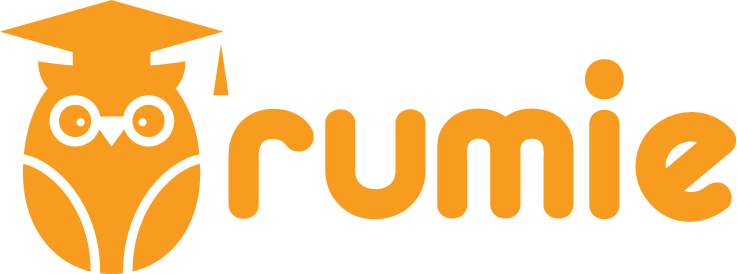Are you considering how to increase student engagement in your classes? Dialogue journaling activities can help!

Dialogue journaling is a written conversation between two people or a group of people about different topics that interest them. The conversation can be with students only, or also include a teacher.
These written conversations can help reinforce learning while also developing bonds between learners in a community of practice.
 Photo by Alexis Brown on Unsplash
Photo by Alexis Brown on UnsplashHow Dialogue Journaling Works
Here's an example of a dialogue journal entry between a teacher and students discussing why learning a second language is important as part of a school project via WhatsApp.
👩🏫 Teacher: Why do you think learning a second language is important?
👧 Maria: I think it helps you connect with more people. I can talk to my grandparents better since I started learning Spanish.
👦🏾 Jamal: I think it opens up job opportunities. A lot of careers need people who can speak more than one language.
👩🏫 Teacher: Communication and career benefits are two huge reasons. Any others?
👦🏼 Dylan: It’s hard. Sometimes I feel like I’ll never be fluent in another language.
👩🏫 Teacher: It is hard. Fluency takes time.
The example below shows a teacher journaling to a student about why they like a particular TV series:
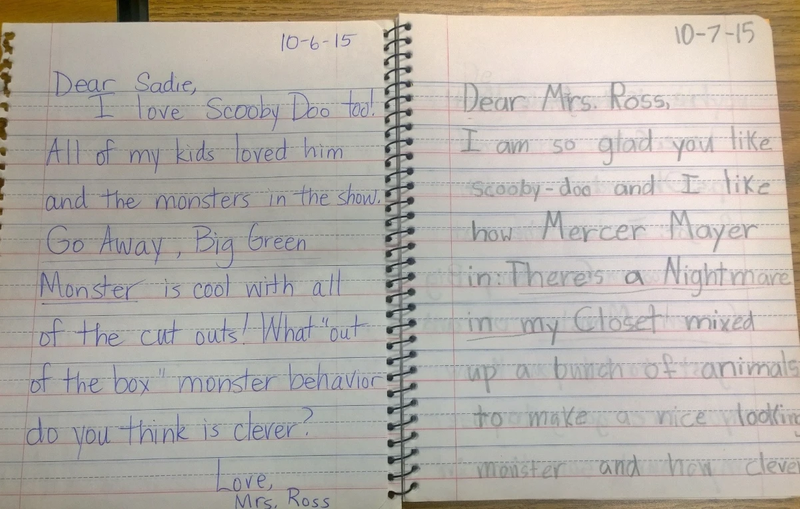 Image courtesy of Brennan Cruser and Stacey Ross, via Writers Who Care
Image courtesy of Brennan Cruser and Stacey Ross, via Writers Who Care
How Dialogue Journaling Helps Students
Dialogue journaling allows students to express their thoughts and reflections while receiving feedback and encouragement. It is also a useful tool for building communication skills.

Reasons to use dialogue journaling with students:
Enhance writing skills — encourage students to write regularly and practice grammar, vocabulary, and sentence structure in a low-pressure setting. ✍️
Build teacher-student relationships — build trust and rapport between teachers and students. 🤝
Improve critical thinking — encourage students to reflect on their learning, goals, and emotions. 🧠
Develop language skills for English learners — offer a meaningful way for ESL students to practice writing. 🌍
Give students a voice and agency — provide students with a platform to express opinions and ask questions. 📢
Dialogue Journaling Example #1: Teacher-Student Discussion

Prompt: Students write a journal about a hobby or a topic they're interested in. The teacher responds with questions, and the student writes an answer.
Before: The teacher gives students half an hour to write one page in their notebooks about why they enjoy this activity.
During: While the students write, the teacher observes & provides support when needed.
After: Students hand in their journals. During office hours, the teacher writes a one or two paragraph response commending them for their goal, and finishing with a follow-up question that students can answer after the next class.
Dialogue Journaling Example #2: Role Play

Prompt: Students write about a challenge they need to overcome.
Before: The teacher gives students half an hour to write one page in their notebooks about a challenge and then assigns them partners to practise with. Partners will role-play as "advisors" to each other.
During: Students write about their challenges and then swap papers. They respond to each other's answers with follow-up questions and advice. The teacher monitors and helps with grammar or vocabulary.
After: Students continue offering advice on how to solve each other's challenges. The teacher continues to offer feedback. As homework, students revise their written answers to improve clarity or professionalism.
Dialogue Journaling Example #3: Question and Answer
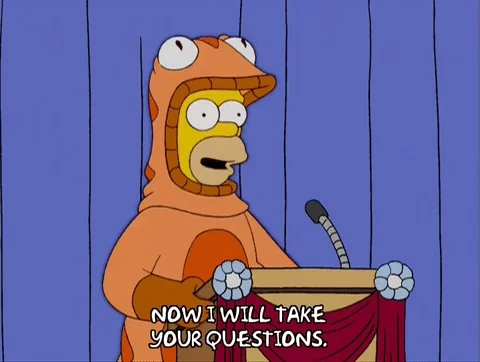
Prompt: The teacher asks the students three ways technology has changed how we communicate, and to give examples about its positive or negative impacts.
Before: The teacher brainstorms with the students about how to communicate their arguments.
During: Students write responses to the questions individually or in small groups. The teacher checks comprehension, offers feedback, or encourages deeper thinking.
After: Students share their answers with the class or in pairs. The teacher selects a few strong examples and prompts the students to discuss what makes them effective.
Dialogue Journaling Example #4: Debate Club
 Photo by Antenna on Unsplash
Photo by Antenna on UnsplashPrompt: The teacher asks students to debate in groups whether school uniforms should be mandatory in all public schools. Some students support their position, while others respond with a counterargument.
Before: The teacher models how to write a respectful disagreement. The students then brainstorm arguments on both sides in small groups.
During: Each student writes a short persuasive paragraph stating their opinion. They read a peer’s paragraph and write a brief response. The teacher can provide sentence starters for agreement/disagreement.
After: The class reflects on persuasive strategies used.
Quiz: The Right Dialogue Journaling Exercises
You have some students who would like to practise job interviews. Which of the following dialogue journaling exercises might be suitable to use?
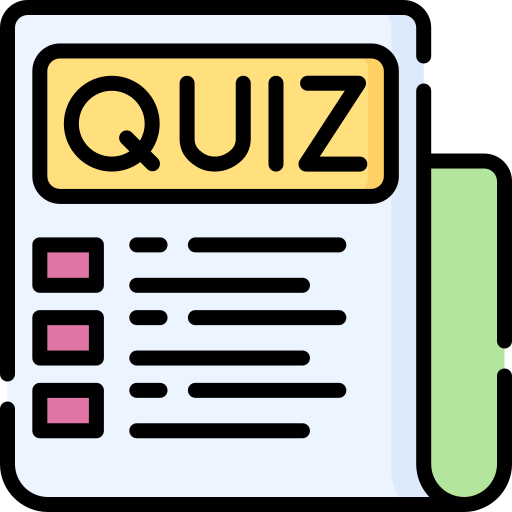
A. Teacher-student journal: Students write about a job they would like. Their peers and teacher respond with suggestions to prepare them for the interview.
B. Role play: Students role-play an interview with each other (first in writing, then orally).
C. Question and answer: The students take turns asking the teacher how to prepare for an interview.
D. Debate club: Students debate the purpose of interviews.
Quiz
Choose all suitable activities you can use:
Take Action
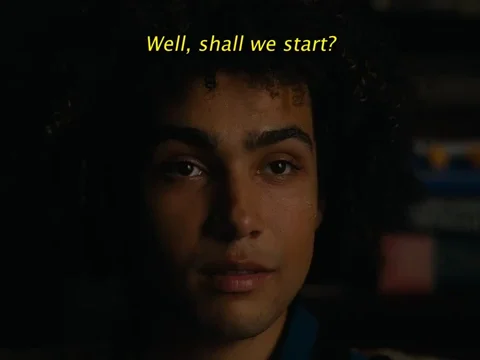
Now it is time to put these ideas into practice and bring dialogue journaling to your classroom!
Your feedback matters to us.
This Byte helped me better understand the topic.
